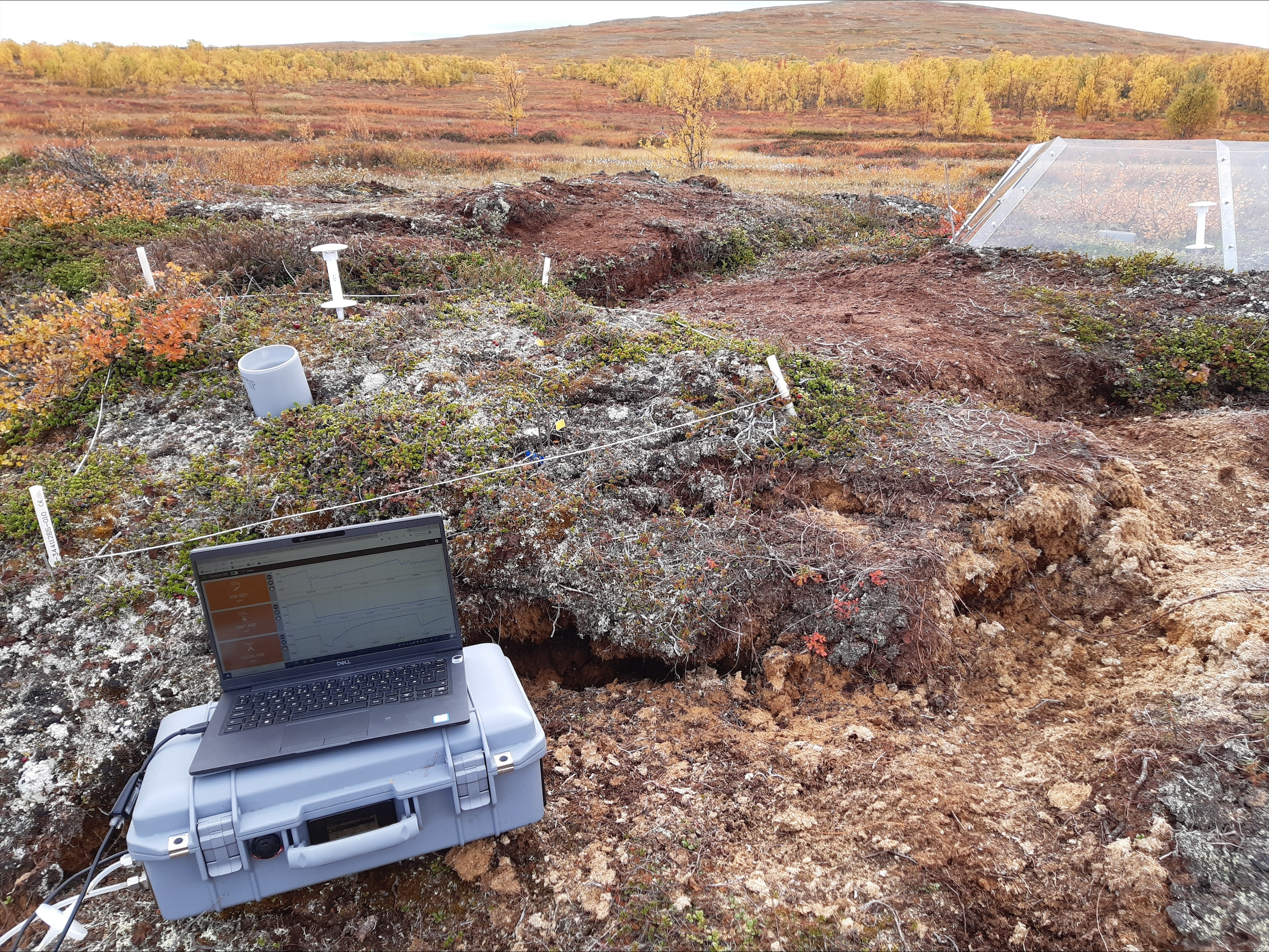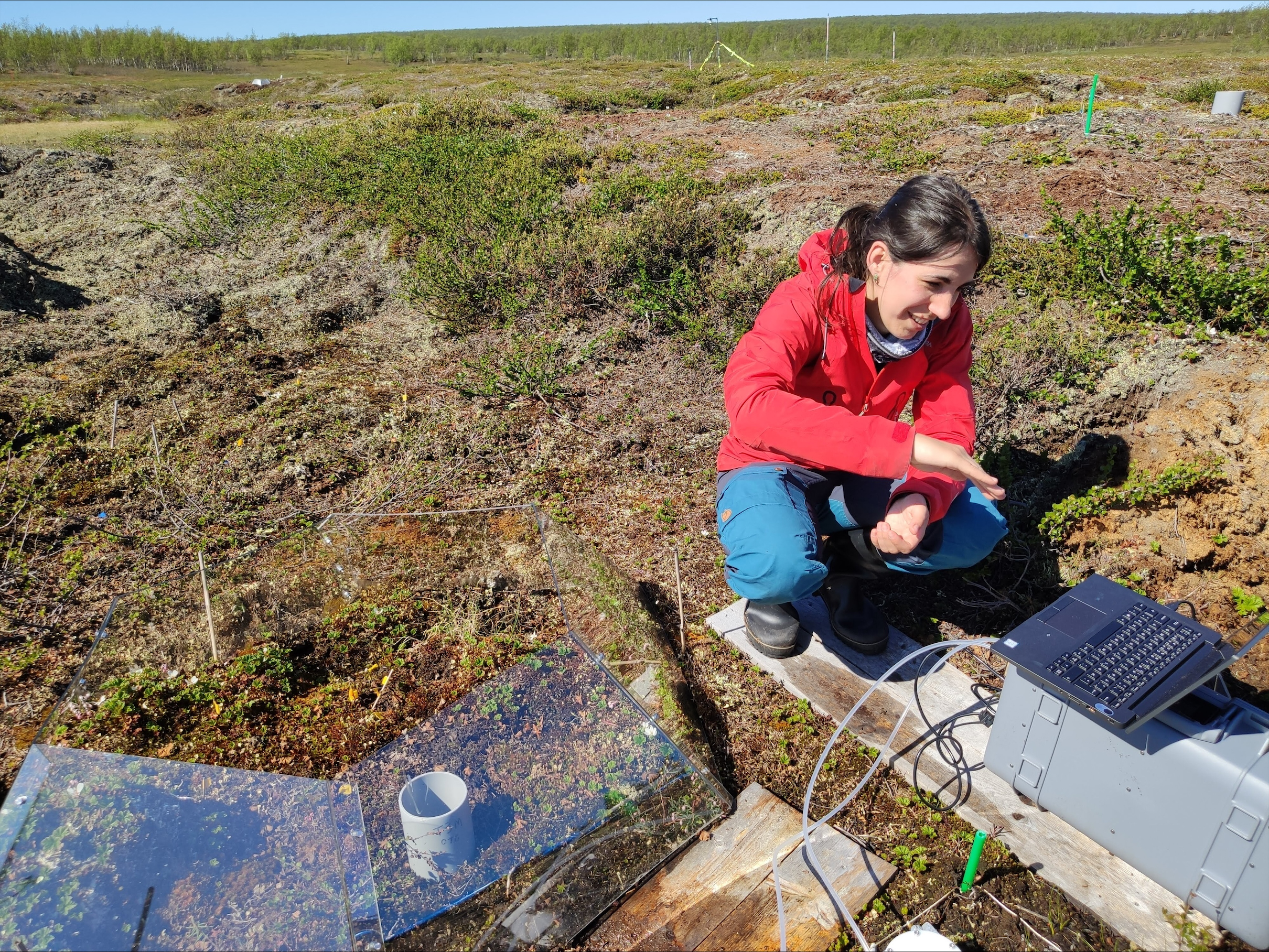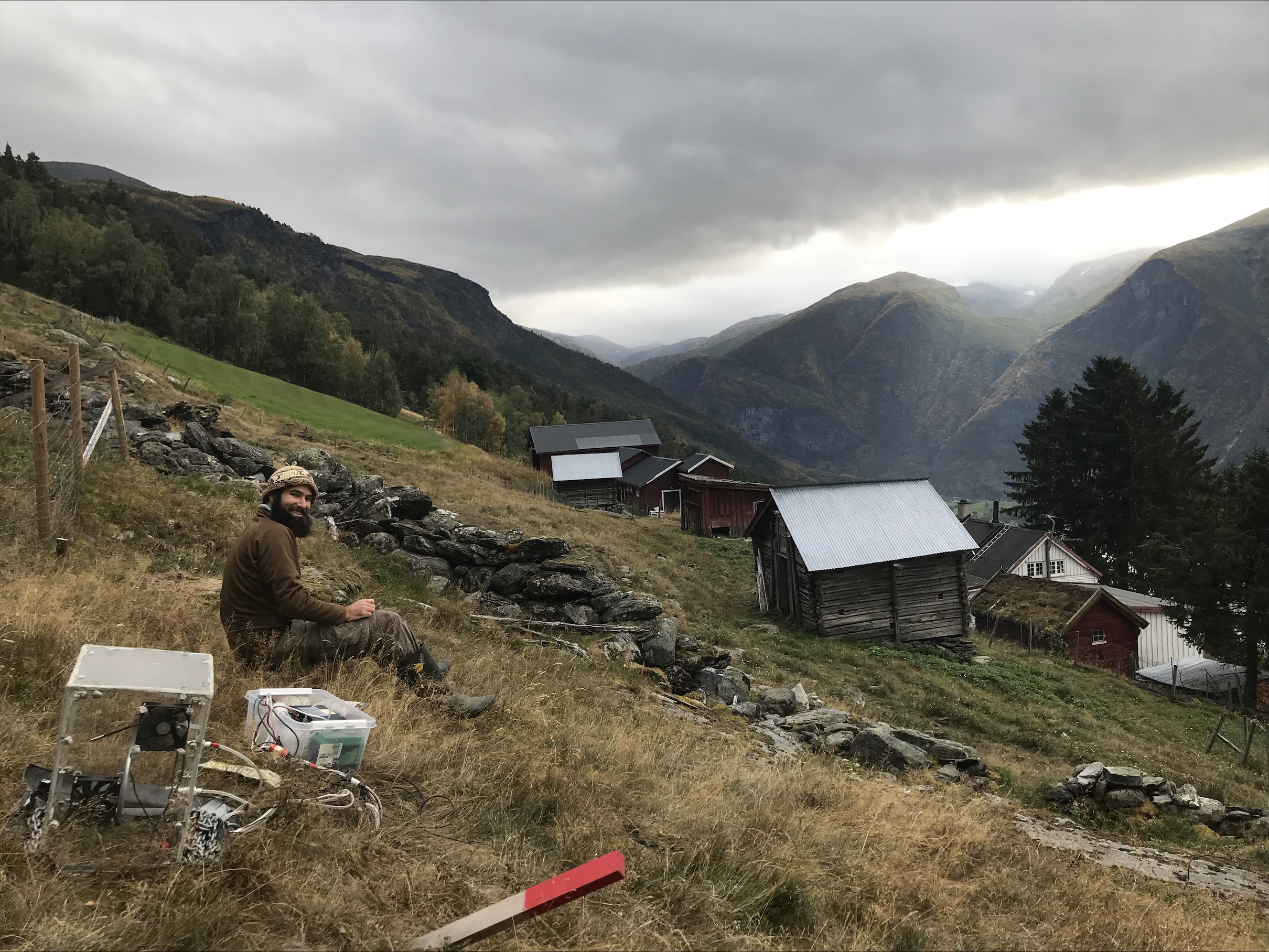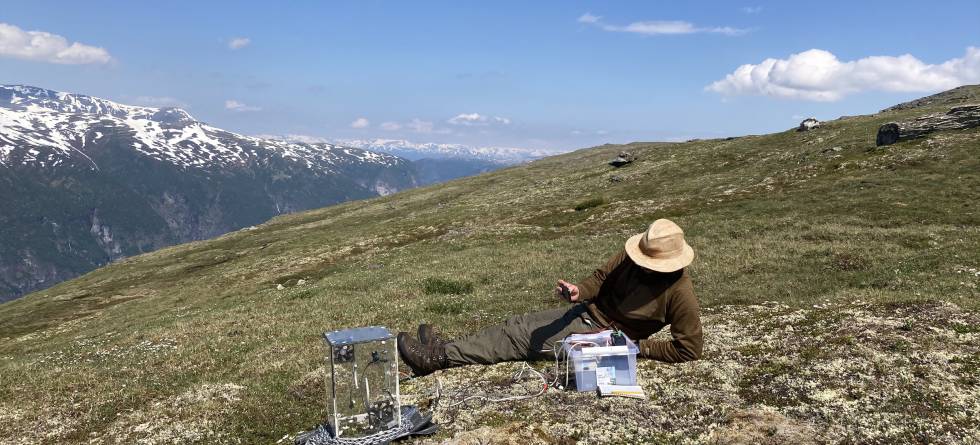An international group of over 70 researchers has come together to investigate how the tundra reacts to global warming. Tundra is found throughout the Arctic and in high-altitude mountain areas. At 28 different sites, in Alaska, Canada, Greenland, Iceland, and Svalbard, in Finnmark, Siberia, and Tibet, controlled experiments have been conducted by placing chambers that increase the temperature for plants and soil inside the chamber. The results are now published in the prestigious scientific journal Nature.
A press release from the Umeå University states:
"The warming experiments led to a 1.4 degrees Celsius increase in air temperature and a 0.4 degrees increase in soil temperature, along with a 1.6 percent drop in soil moisture. These changes boosted ecosystem respiration by 30 percent during the growing season, causing more carbon to be released because of increased metabolic activity in soil and plants. The changes persisted for at least 25 years after the start of the experimental warming – which earlier studies hadn’t revealed.
“We knew from earlier studies that we were likely to find an increase in respiration with warming, but we found a remarkable increase – nearly four times greater than previously estimated, though it varied with time and location,” says Sybryn Maes of Umeå University, the study’s lead author."

International methodology
In this work, a large group of researchers using the same methodology worldwide have contributed to a comprehensive study. Since the method has been used for a long time, it's also possible to examine data from older experiments.
"We see an increase in respiration even in the oldest experiments, which shows that the effect continues for several decades. Some of the increased carbon emissions can be compensated for by plants growing better in a warmer climate, but this is related to other factors such as soil and precipitation, so it's uncertain whether this will compensate for increased respiration," says Vigdis Vandvik, professor at the Department of Biological Sciences at UiB and the Bjerknes Centre.
Vandvik is one of six Bjerknes researchers who have contributed to the studies (check box to the left)
"What's exciting about such studies is that we also have two doctoral projects that have contributed to these global communities. Joseph Gaudard and Siri Haugum are two of those who have spent weeks in the field during their doctoral studies," says Vandvik.

Reference:
Maes, S. L. et al. (2024). Environmental drivers of increased ecosystem respiration in a warming tundra. NATURE. doi: 10.1038/s41586-024-07274-7 Read the full article


